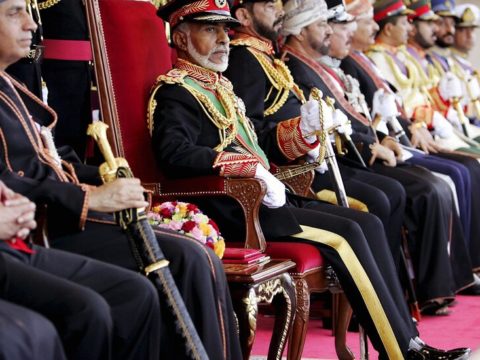
A close call at Kennedy International Airport Friday night in which an American Airlines plane crossed a runway in front of an oncoming Delta Air Lines plane appeared to have occurred when the American Airlines pilots misconstrued directions from air traffic controllers, radar records and recordings of those conversations show.
Delta’s Flight 1943, which was headed for the Dominican Republic, had to abort its takeoff. None of its 145 passengers were injured.
The American Airlines plane, Flight 106, bound for London with 137 passengers aboard, was proceeding along a taxiway about 8:45 p.m. when it came near a spot where two runways cross perpendicularly, according to Ross Feinstein, a former spokesman for both the Transportation Security Administration and American Airlines who said he had reviewed publicly available radar and recordings.
The Delta plane was waiting to take off on Runway 4 Left, which is intersected by Runway 31 Left.
An air traffic controller can be heard telling the American plane, a Boeing 777, to “cross Runway 31 Left,” which would require it to turn right before coming around to line up for departure on Runway 4 Left behind the Delta plane.
The American pilot confirms, “Cross 31 Left.”
Another air traffic controller tells the Delta plane, a Boeing 737, that it is cleared for takeoff. The Delta pilot confirms: “Cleared for takeoff, Runway 4 Left, Delta 1943.”
But the American flight, instead of turning right to cross Runway 31 Left, jogged left then right and proceeded straight across Runway 4 Left as the Delta plane began its takeoff, the radar shows, according to Mr. Feinstein.
In an audio excerpt, an air traffic controller can be heard uttering a four-letter word. One controller orders the American plane, “Hold position!” and another controller says twice, quickly, “Delta 1943, cancel takeoff clearance!”
The Federal Aviation Administration said in a statement on Sunday that the Delta plane came to a “safe stop” about 1,000 feet shy of where the American flight had crossed the runway.
On the audio recordings, after the Delta pilot confirms that he is canceling takeoff, a Kennedy controller tells the American pilots, “possible pilot deviation.”
One of the American pilots tries to make sense of what happened, asking the tower, “The last clearance we were given, we were cleared to cross, is that correct?”
The controller responds that the American plane was indeed cleared to cross, but it was cleared to cross Runway 31 Left and proceed on to the start of Runway 4 Left for departure, rather than crossing 4 Left and heading to the start of 31 Left.
“You were supposed to depart Runway 4 Left,” the controller says. “You’re currently holding short of 31 Left.”
The F.A.A. said that the unfolding — and averted — disaster was spotted with help from a system that detects and displays the movements of aircraft and vehicles on runways and taxiways at Kennedy and about three dozen other U.S. airports, using radar and motion sensors.
It declined to provide more details about the episode, which is unrelated to a nationwide problem two days before in which thousands of flights were delayed after a system the F.A.A. uses to send safety alerts to pilots went down.
After aborting takeoff, the Delta plane returned to the gate, the passengers disembarked and the flight was delayed overnight, Delta said. “The safety of our customers and crew is always Delta’s No. 1 priority,” the airline said in a statement on Sunday. “We apologize to our customers for the inconvenience and delay of their travels.”
The airline declined to comment on Sunday, saying in an email that it would defer to the F.A.A.
The American flight proceeded on to Heathrow Airport. It arrived 13 minutes early.
The National Transportation Safety Board said on Monday that it had launched an investigation and that it would be taking statements from flight crews, gathering flight recorder information and looking at air traffic control data and expected to issue a preliminary report in several weeks.
Flight recorder information from the American Airlines cockpit might be not be available, however: The devices retain only two hours of recordings, and the flight from New York to London takes seven hours. The safety board has urged the F.A.A. for years to require 25-hour recording capacity, noting in a 2018 report that “unfortunately, recent safety investigations have been hampered because relevant portions of the recordings were overwritten.”
Mr. Feinstein noted that federal regulations require aircraft operators to notify the safety board immediately in the event of a “runway incursion” like the one that occurred Friday.
“Probably part of the investigation that the N.T.S.B. will look at is why the aircraft decided to depart and if appropriate notifications occurred,” he said.
Mr. Feinstein said that Friday’s incident was the closest such call he knew of at an American airport since 2017, when an Air Canada jet landing in San Francisco came within feet of striking a plane on the ground.
“This is very uncommon in the U.S.,” he said, “but the reason why it’s taken so seriously is to make sure it doesn’t happen again.”












